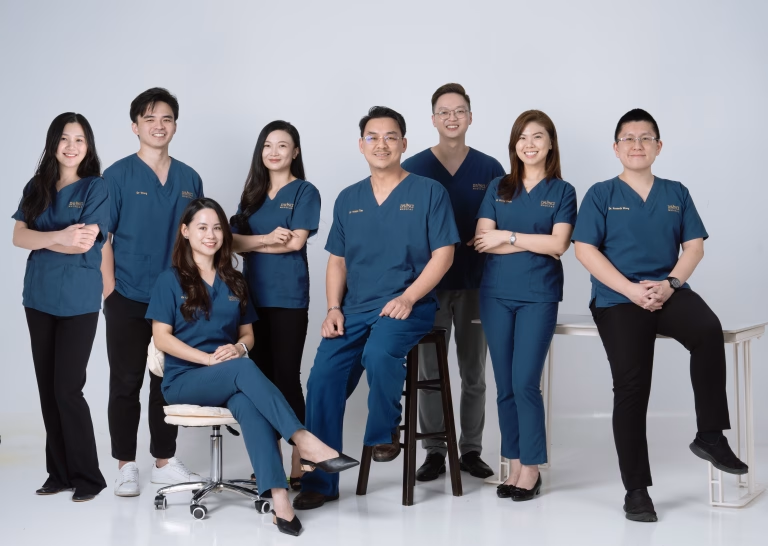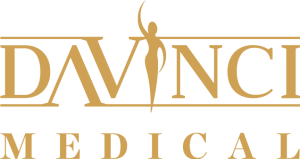Effective Acne Scar Treatment Options in Malaysia

Do acne scars still affect your confidence even after your skin has cleared? Acne scar treatment offers proven solutions that transform uneven, scarred skin into a smooth, radiant complexion. Modern dermatological procedures target different scar types with precision, delivering visible improvements that home remedies cannot achieve.
Atrophic scars develop when inflammatory acne damages deeper skin layers and reduces collagen production. These scars manifest as rolling, boxcar, or ice pick types, each requiring specific treatment approaches. Professional acne scar treatment at Da Vinci Clinic addresses these concerns through advanced technologies that stimulate natural healing and collagen regeneration.
Understanding Acne Scar Treatment
Acne scar treatment encompasses specialised dermatological procedures designed to reduce, smooth, or eliminate scarring left by inflammatory acne. These treatments work by removing damaged tissue, stimulating collagen production, or releasing fibrous bands beneath the skin surface. The most effective approach depends on accurately identifying your scar type and severity.
Rolling scars create gentle, wave-like undulations caused by fibrous bands pulling skin downward. Boxcar scars feature sharp, angular edges with flat bottoms, whilst ice pick scars present as narrow, deep pits extending into the dermis. Modern treatment utilises multiple modalities, with research demonstrating that combination approaches yield superior outcomes compared to single methods.
Laser Therapy for Acne Scar Treatment
Fractional CO2 Laser Resurfacing
Fractional CO2 laser therapy stands as one of the most effective acne scar treatment options for moderate to severe scarring. This procedure delivers precise beams of light that create controlled micro-injuries, removing damaged tissue whilst triggering collagen production. The fractional approach treats only portions of skin at a time, leaving surrounding tissue intact for faster healing.
Clinical studies demonstrate improvement rates between 32% to 49% after four sessions, with patients reporting significant enhancement in skin texture and scar depth. Recovery typically requires five to seven days of mild redness and peeling. Results continue improving for months as newly formed collagen remodels scar tissue.
Pico Laser Technology
Pico laser represents advanced acne scar treatment delivering ultra-short pulse durations that fragment pigmentation and stimulate collagen without significant thermal damage. This precision makes it ideal for treating shallow scars and post-inflammatory hyperpigmentation accompanying acne scarring. Patients experience minimal downtime, with redness subsiding within one to two days.
Microneedling and Radiofrequency
Microneedling constitutes a minimally invasive acne scar treatment creating controlled micro-injuries to stimulate the body’s natural healing response. This collagen induction therapy proves particularly effective for rolling and shallow boxcar scars, delivering noticeable improvements in skin texture.
Research demonstrates that microneedling increases collagen types I, III, and VII significantly, with 89% of patients achieving excellent to good responses. When combined with radiofrequency energy, results enhance through deeper dermal heating that amplifies collagen remodelling. RF microneedling addresses multiple scar types whilst maintaining safety across all skin tones. Most individuals require three to six sessions spaced several weeks apart. Advanced microneedling treatments at specialist clinics combine this technology with growth factors to maximise collagen stimulation.
Chemical Peels and Subcision
Chemical peels represent an established acne scar treatment removing damaged outer skin layers to reveal smoother, more even skin underneath. Medium depth peels prove particularly effective for atrophic scars, whilst concentrated applications address ice pick scars through localised collagen production stimulation.
Subcision offers a surgical approach specifically designed for rolling scars caused by fibrous bands tethering skin to deeper structures. During this procedure, a fine needle releases these restrictive bands, allowing skin to elevate naturally. Research indicates subcision achieves 40% to 80% improvement in rolling scars, with optimal results appearing months after treatment. Specialist practitioners frequently recommend combining subcision with other modalities like dermal fillers or laser resurfacing for comprehensive correction.

Frequently Asked Questions (FAQs)
1. What is acne scar treatment and how does it work?
2. How long does it take to see results from acne scar treatment?
3. Can acne scar treatment work for all scar types?
4. Is acne scar treatment painful band what is the downtime?
5. How many sessions are needed for optimal acne scar treatment results?
Conclusion
Acne scar treatment offers transformative solutions for individuals seeking to improve skin texture and restore confidence diminished by persistent scarring. From fractional CO2 laser resurfacing that delivers dramatic improvement in deep scars to microneedling that gently stimulates natural collagen production, modern dermatology provides targeted options for every scar type.
The most successful outcomes result from personalised treatment plans combining complementary procedures addressing multiple scar characteristics simultaneously. Professional assessment identifies the optimal approach for your unique needs. Schedule your consultation at Da Vinci Clinic’s visiting specialists today to discover which acne scar treatment delivers the clear, smooth complexion you deserve.
